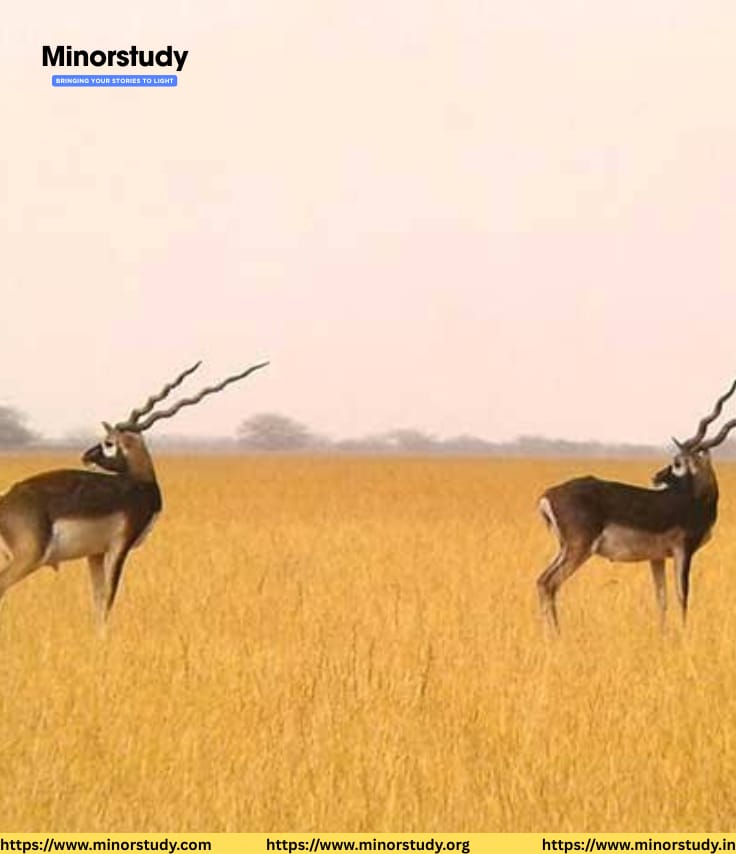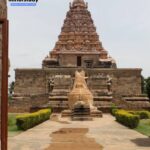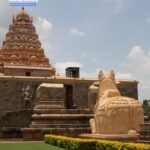🦌 Blackbuck National Park: History, Importance, and 7 Powerful Reasons It’s a Priceless Wildlife Treasure
Blackbuck National Park: India is a land of astonishing biodiversity, where ancient heritage and natural marvels coexist. Among its many ecological gems, Blackbuck National Park stands as a beacon of successful conservation, cultural reverence, and environmental education. Nestled in the heart of Gujarat, this park is more than just a wildlife sanctuary — it is a living reminder of India’s commitment to ecological preservation.
- 📜 History of Blackbuck National Park
- 📅 Timeline of Key Events
- 🌟 7 Fascinating Facts About Blackbuck National Park
- 🙋♂️ Frequently Asked Questions (FAQs)
- 🎯 Significance of Blackbuck National Park
- 🌏 Why It Matters in Our Daily Life
- A. Connection with Nature
- B. Awareness of Conservation
- C. Boosting Local Economies
- D. Wildlife as Cultural Identity
- 🎉 Wishing and Observing: Honoring Nature’s Grandeur
- 🧠 Important Points to Remember
- ❤️ Final Thoughts: The Park’s Importance in Society
- 📌 Conclusion: Daily Life Impact
Let’s explore everything about Blackbuck National Park — from its history, incredible facts, significance in daily life, FAQs, timeline of development, and more. Whether you’re a nature lover, student, traveler, or just someone curious about India’s ecological wealth, this guide will give you deep insights in a human-friendly tone.
📜 History of Blackbuck National Park
Blackbuck National Park, also known as Velavadar Blackbuck National Park, is located in Bhavnagar District, Gujarat. It was originally a part of the Maharaja of Bhavnagar’s private hunting grounds before India’s independence.
Established in 1976, it was initially spread over 18 sq. km. Over the years, with government efforts and public interest, it expanded to over 34.08 sq. km.
The region is a unique mix of grasslands, saline plains, and mudflats, making it one of the rarest ecosystems in the country.
It was primarily established to protect the endangered Indian Blackbuck (Antilope cervicapra), a graceful antelope species revered in Indian culture.
📅 Timeline of Key Events
| Year | Event |
|---|---|
| Pre-1947 | Used as a private hunting reserve by Bhavnagar royal family |
| 1976 | Declared a National Park |
| 1980s | Reintroduction of wolves and other species observed |
| 2004 | Added to the Central Asian Flyway for migratory birds |
| 2008 | Sightings of Indian wolves boosted its conservation image |
| 2020s | Increased eco-tourism and wildlife photography initiatives launched |
🌟 7 Fascinating Facts About Blackbuck National Park
Home to India’s Largest Herd of Blackbucks – Over 3,000 blackbucks roam freely in the park today.
Rare Ecosystem – It is India’s only tropical grassland national park, offering a Savannah-like feel.
Bird Watcher’s Paradise – Hosts over 200 species of birds, including harriers, eagles, flamingoes, and cranes.
Shelter to the Endangered Indian Wolf – One of the last safe zones for Indian wolves.
No Dense Forests – The flat grassland landscape provides unmatched visibility of animals.
Eco-Friendly Tourism – Limited but mindful tourism allows intimate wildlife experiences without harming the ecosystem.
Filming Location – Used for documentaries and wildlife films due to its stunning, cinematic scenery.
🙋♂️ Frequently Asked Questions (FAQs)
Q1: Where is Blackbuck National Park located?
📍 It is located in Velavadar, Bhavnagar district, Gujarat, India.
Q2: What animals can you see in the park?
🦌 Besides Blackbucks, one can spot Indian wolves, foxes, jackals, jungle cats, nilgai, and many birds.
Q3: What is the best time to visit?
🗓️ The park is open from mid-October to mid-June. The winter months (Nov–Feb) are ideal due to pleasant weather and high bird migration.
Q4: Is accommodation available inside the park?
🏡 Yes. Forest rest houses and eco-lodges are available nearby, but prior booking is recommended.
Q5: Why is the Blackbuck important?
🌿 The Blackbuck is not just an endangered species but also a symbol of India’s sacred relationship with nature, featured in mythologies and tribal folklore.
🎯 Significance of Blackbuck National Park
1. Ecological Balance
The grasslands of Velavadar play a crucial role in maintaining India’s dryland biodiversity. By protecting Blackbucks and their predators, the park preserves nature’s food chain.
2. Cultural Reverence
In Hinduism, the Blackbuck is associated with Lord Krishna and Lord Shiva. Bishnoi communities, especially in Rajasthan, consider protecting blackbucks a sacred duty.
3. Research & Education
The park is an open classroom for ecologists, wildlife photographers, and conservation researchers. It showcases the importance of conserving grassland ecosystems, often overlooked in mainstream conservation.
4. Tourism & Employment
With eco-tourism growing, local villagers benefit from employment opportunities in hospitality, tour guiding, and conservation projects. This improves rural livelihoods and awareness.
🌏 Why It Matters in Our Daily Life
A. Connection with Nature
Amid urban chaos, Blackbuck National Park is a reminder of natural simplicity and balance. It helps people reconnect with nature, promoting peace and mindfulness.
B. Awareness of Conservation
By visiting or learning about such places, people, especially youth, grow conscious about biodiversity and climate change. This awareness shapes sustainable behaviors in everyday life.
C. Boosting Local Economies
Tourism linked to national parks drives rural development — from homestays to handicrafts, a chain of economic upliftment is created without harming the environment.
D. Wildlife as Cultural Identity
Blackbuck National Park reinforces that wildlife isn’t separate from us, but is embedded in our festivals, art, folk stories, and values.
🎉 Wishing and Observing: Honoring Nature’s Grandeur
Next time you visit Gujarat or celebrate World Wildlife Day, make a conscious wish:
“May our lands continue to echo with the hoofbeats of the Blackbuck and the songs of the harriers.”
You can celebrate or observe the importance of Blackbuck National Park by:
Organizing or attending wildlife awareness programs
Supporting eco-tourism or sustainable travel
Volunteering with NGOs that protect Indian grasslands and endangered species
Sharing knowledge about the park on social media or community groups
🧠 Important Points to Remember
✅ It’s India’s only exclusive grassland national park
✅ Over 3,000 Blackbucks live here
✅ Features Indian wolves and over 200 bird species
✅ It was once a royal hunting ground, now a model of conservation
✅ Best time to visit: November to February
✅ No dense forests—offering clear and close animal sightings
✅ Contributes to local jobs, education, and ecological balance
❤️ Final Thoughts: The Park’s Importance in Society
Blackbuck National Park is not just a place on the map. It is an emotion, a story of revival, and a living laboratory. It reminds us that wildlife needs space to thrive, and we, as responsible citizens, need to respect and preserve these spaces.
In a rapidly industrializing world, places like Velavadar serve as sanctuaries of hope. They balance development with nature, tradition with science, and individual well-being with community responsibility.
📌 Conclusion: Daily Life Impact
Even if you never visit Blackbuck National Park, its existence:
Ensures cleaner air and climate regulation
Preserves natural heritage for future generations
Fosters respect for all life forms
Encourages eco-responsible behavior — from what we consume to how we vote and travel
Let us not forget: Protecting one species can ripple out to save an entire ecosystem. The Blackbuck’s leap is a leap for India — towards a sustainable, wild, and wonder-filled future.
🌿 Keep Nature Wild. Keep Blackbuck National Park Alive.
Share this. Visit consciously. Contribute responsibly.








